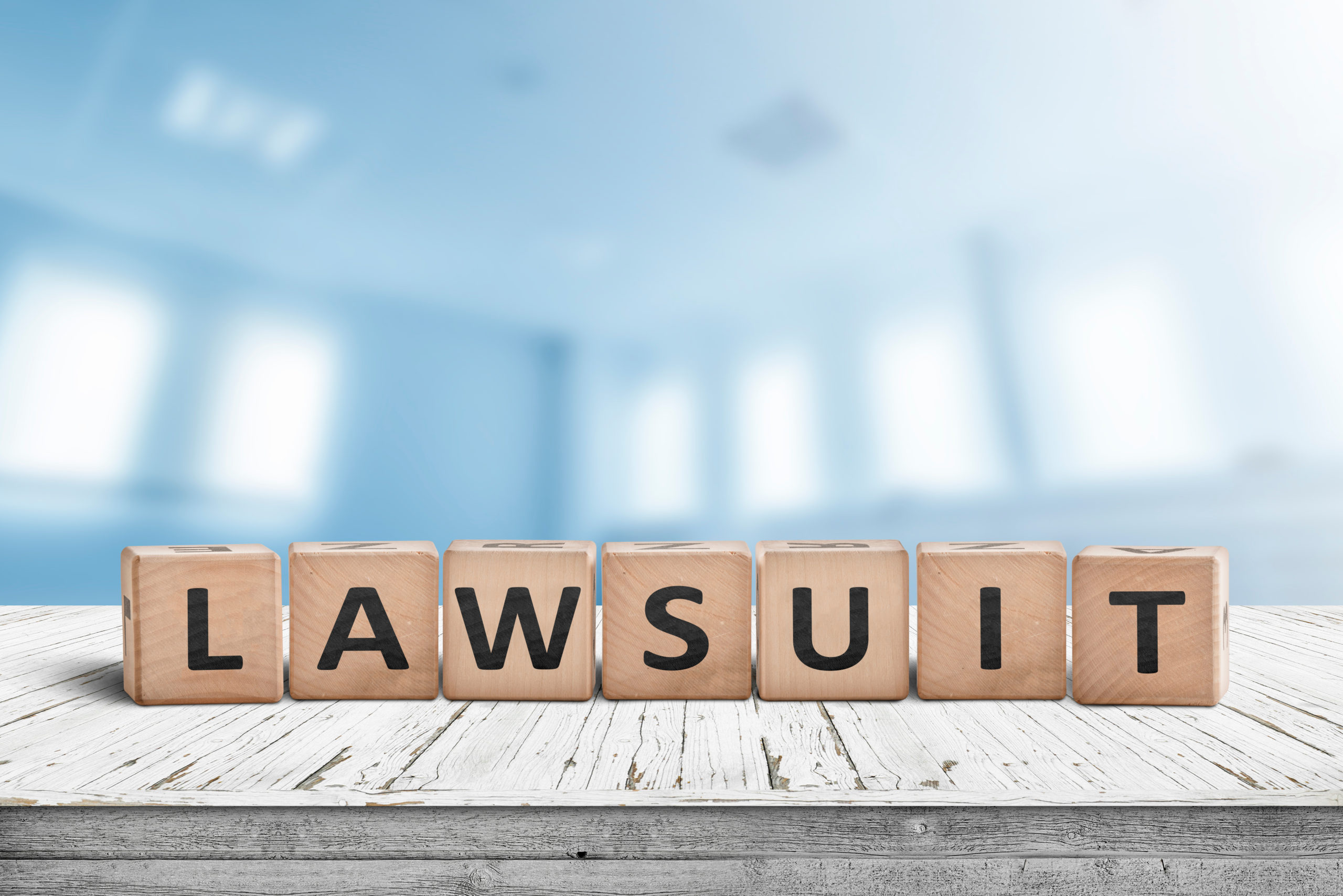This is the conclusion to an ongoing series where Attorney Zach Herbert outlines the phases of an average personal injury case. Not every case will follow this exact outline, as each case is different. If you missed the last installment of the series you can visit it here.
After going through the discovery process in your personal injury case, the next phase you should expect to begin is the Deposition phase. It’s important to work with an experienced personal injury attorney at Herbert & Eberstein, to protect your rights in the final phases of your case.
Phase 9: Depositions
Depositions are sworn testimony that is recorded out of court. This saves lots of time and helps the case settle. If depositions were not allowed, most cases would proceed to trial before settling. Many different depositions can be conducted, for instance: witnesses to the personal injury incident, doctors that treated the Plaintiff, the Plaintiff herself, the Defendant, Experts that have been hired by either side, and so on. Depositions, or “depos” for short, take place in an office, usually a conference room. The person being deposed sits next to a court reporter, who types everything that is said. The attorneys for both sides can ask questions, but the attorney that “noticed” the depo asks questions first. “Noticing” a depo means sending an official document to all involved that notices all parties of the date and time and place of the depo.
In a car wreck, depos may include a Plaintiff and Defendant depo. These are usually on the same day and often take place in the Plaintiff’s attorney’s office. Most of the time you will meet with your attorney before the deposition so that he or she can prepare you for what to expect. Depos can last as little as 30 minutes and as long as a few hours. The maximum amount of time a depo can take in Texas is 6 hours, although you will rarely see this happen. Your attorney will give you an estimate of how long it will last.
The whole point of depos is to figure out how the trial will go. This allows the parties to proceed to the next phase, which is Mediation.
Phase 10: Mediation
Mediation is where most cases settle. Even if your case doesn’t settle at mediation, it is still worth the time to go to mediation. Mediation takes place at the mediator’s office, and the parties are kept in separate rooms. Mediations can take two hours, half a day, or a full day, depending on the complexity and size of a case. Most car wreck cases take two hours.
At this point, depos have likely been taken, and the parties have a good idea of how the trial will go. Your attorney will give you his or her estimate of the chances at trial and the risk associated with going to trial. The mediator will come into your room and talk with you and your attorney about your case. The mediator is a neutral party, meaning he or she is not on either side. The mediator wants to settle the case and will work hard to do so. This may mean he or she will try to get you to take less while trying to get the other side to offer more. Wait for your attorney to give his or her advice before making a decision on your case.
If your case does not settle at mediation, then the next phase is the Trial phase. However, remember that there are still many opportunities to settle your case before trial.
Phase 11: Trial
Trials in Texas happen almost every week in the more populated counties. Each court has its own set of “local rules,” which means your experience may differ from someone else’s. Some courts are very quick to call cases to trial, and some are slow. Some courts require all parties to show up on Monday only to call one to trial and reset the rest. This process can become frustrating, and many Plaintiffs can become disheartened with the whole thing. Don’t worry! Your case will eventually be tried!
A typical car wreck trial will start with pretrial motions, when the attorneys and judge discuss what evidence is going to be allowed. Then voir dire, where the attorneys speak with a panel of potential jurors. The attorneys are allowed to “de-select” jurors, and then the final Jury is selected. Next comes opening statements, presentation of evidence, and closing arguments. Every case is different, so going into detail at this point won’t be helpful. At a minimum, the Plaintiff will testify. This is a lot like your deposition, only more evidentiary rules will apply. Your attorney will prepare you for this part before trial.
The Jury will then go into a room and deliberate. They will have a document with them called the Jury Charge. This has questions they must answer, which include monetary damages in most personal injury cases. When the Jury is finished deliberating, the verdict is announced in court. A judgment is prepared for all parties to sign and the judge will enter a judgment 30 days after the verdict. At this point, the case is finished! If the judgment included monetary damages, the final amount will be calculated, and a check will be issued to the Plaintiff’s attorney. (See Phase 5 for what to expect after settlement.)
Every case is different, and none of the above was intended to be legal advice. If you have questions about your personal injury suit, call Attorney Zach Herbert at 214-414-3808 or schedule a consultation.
Media Contact:
Attorney Zachary Herbert
(T): 214-414-3808



